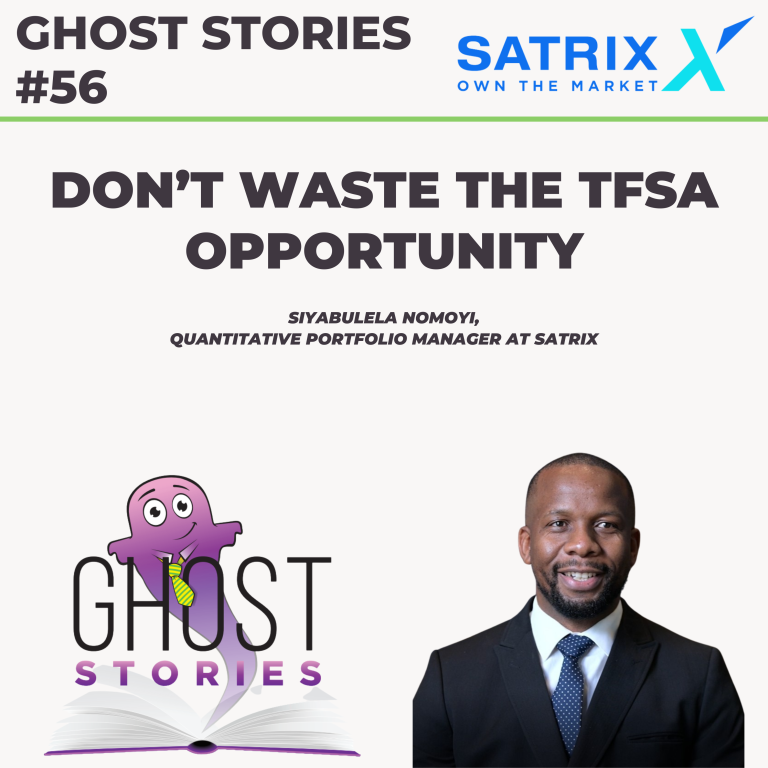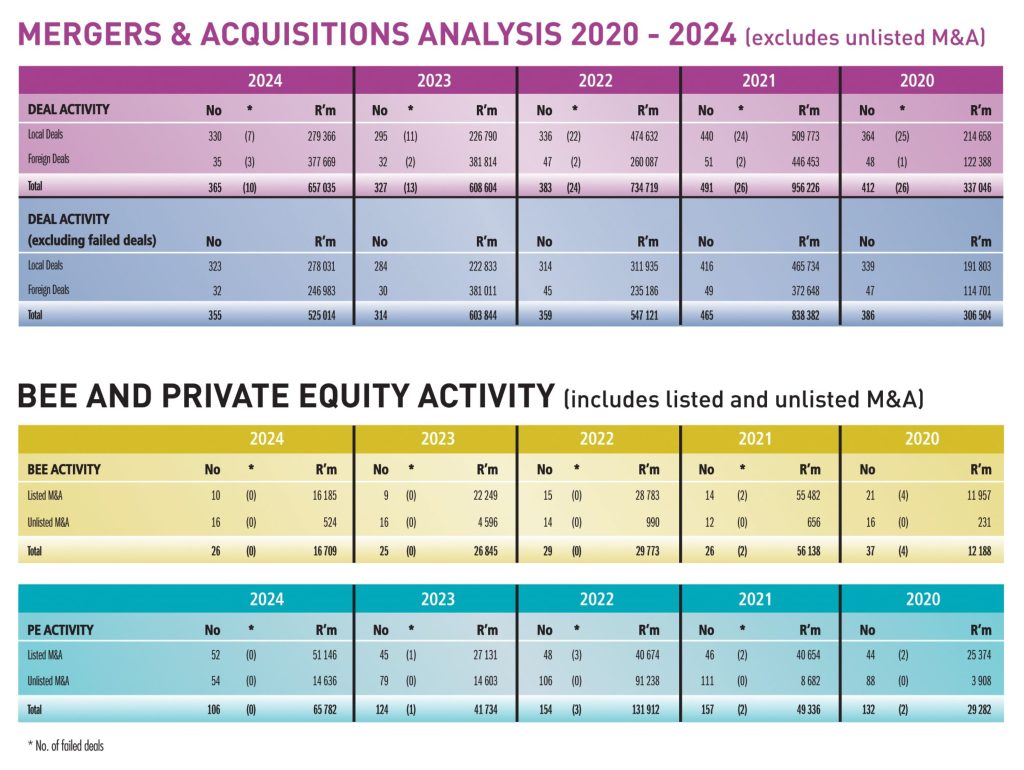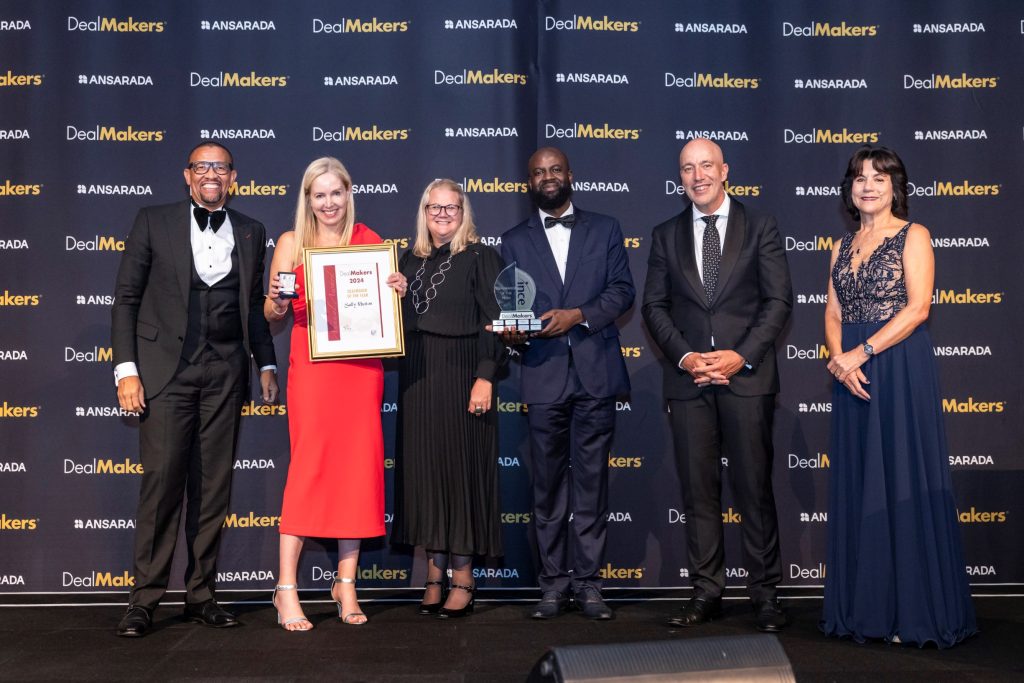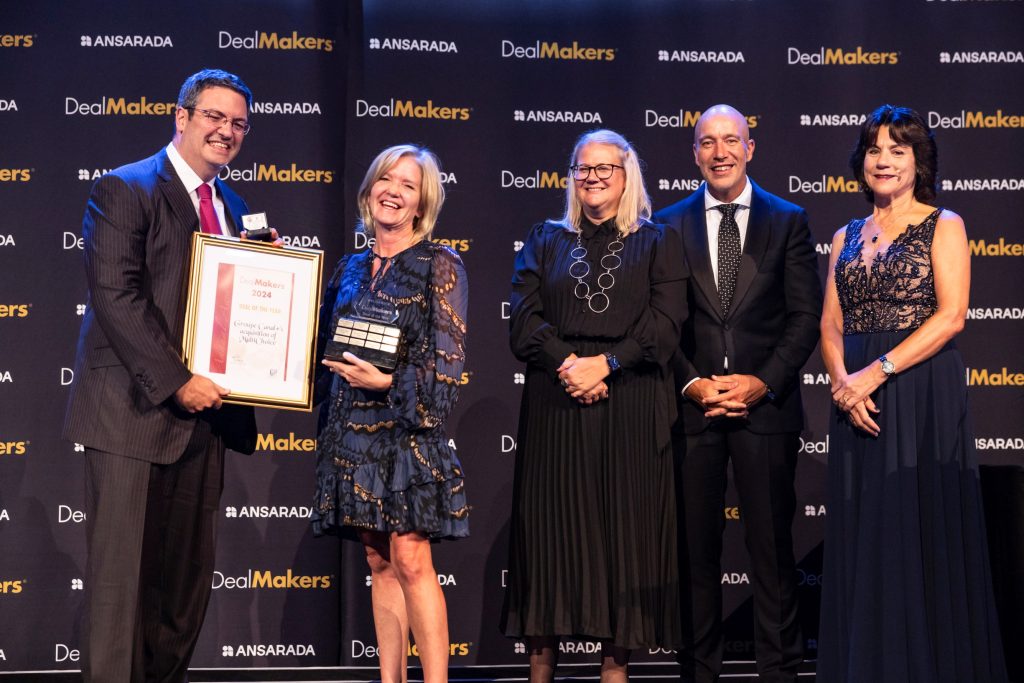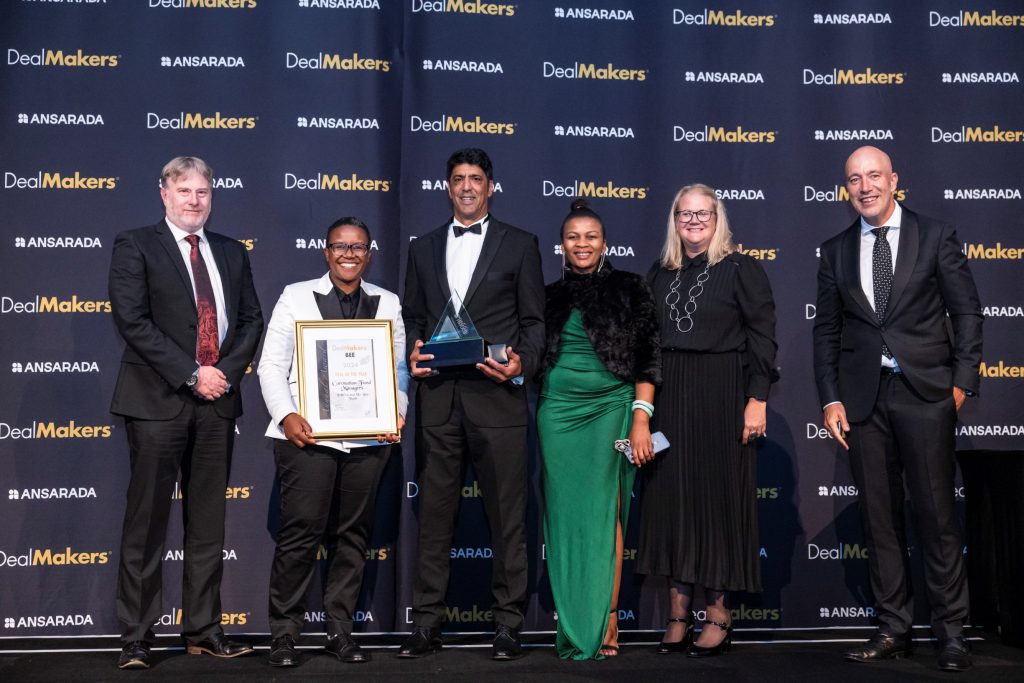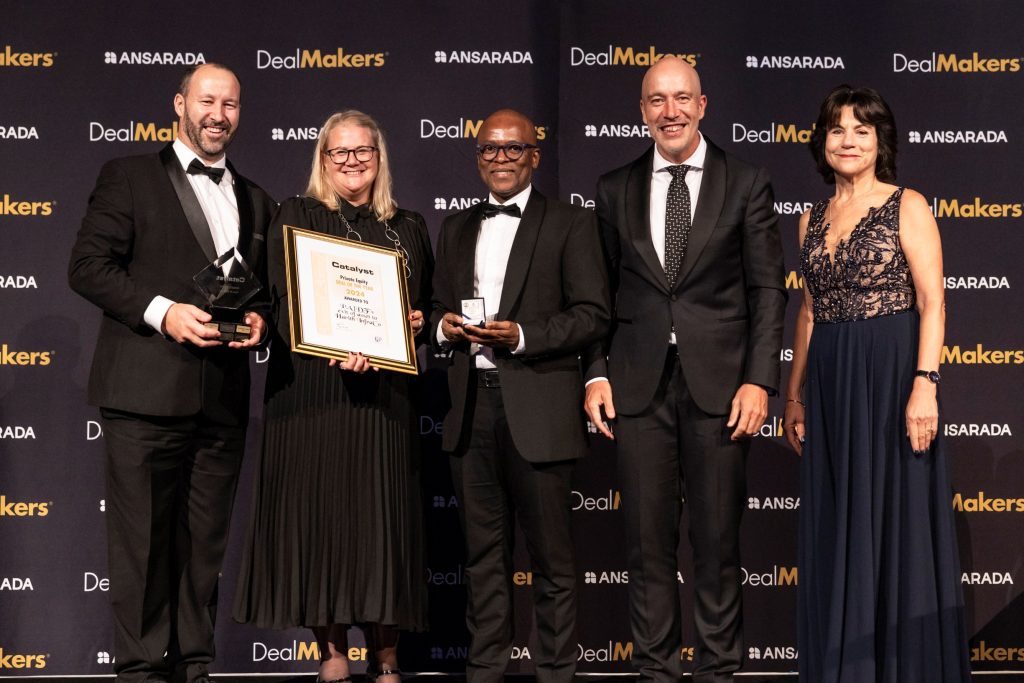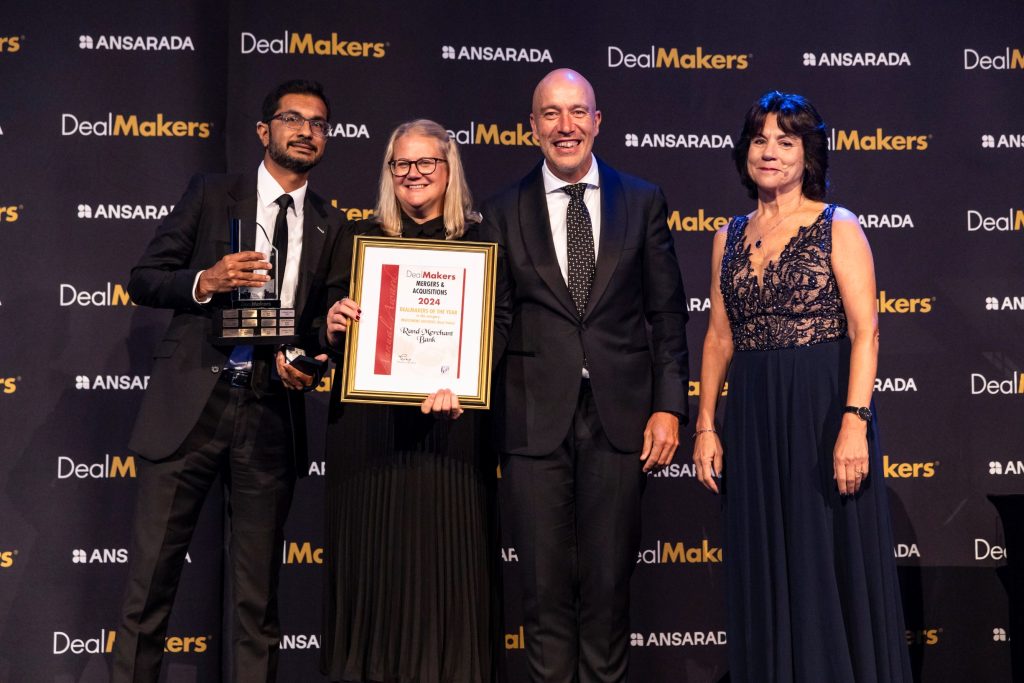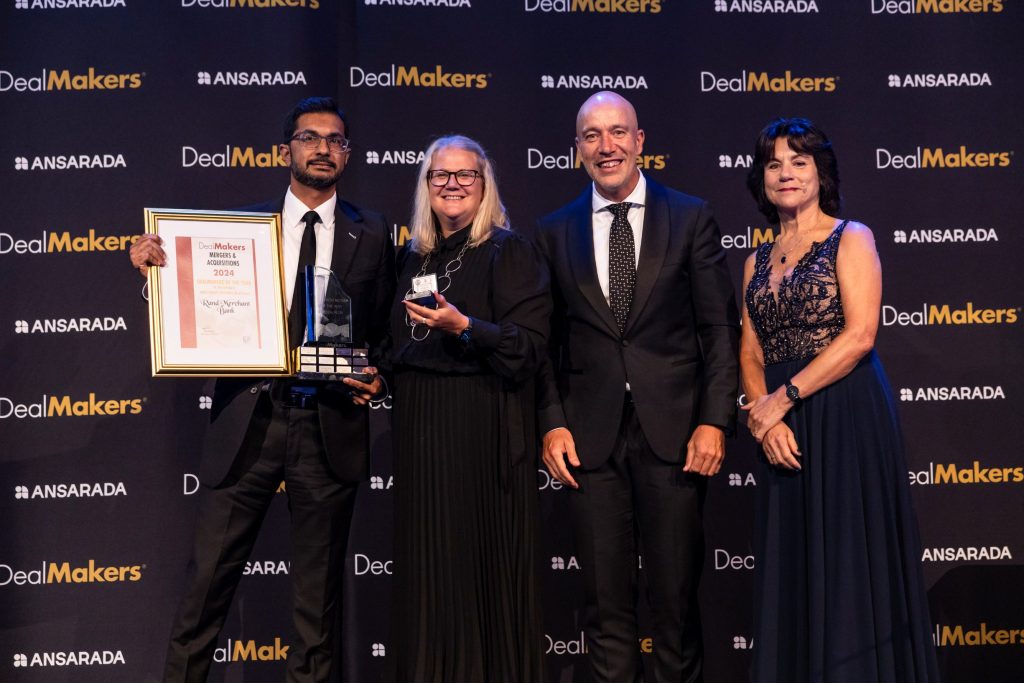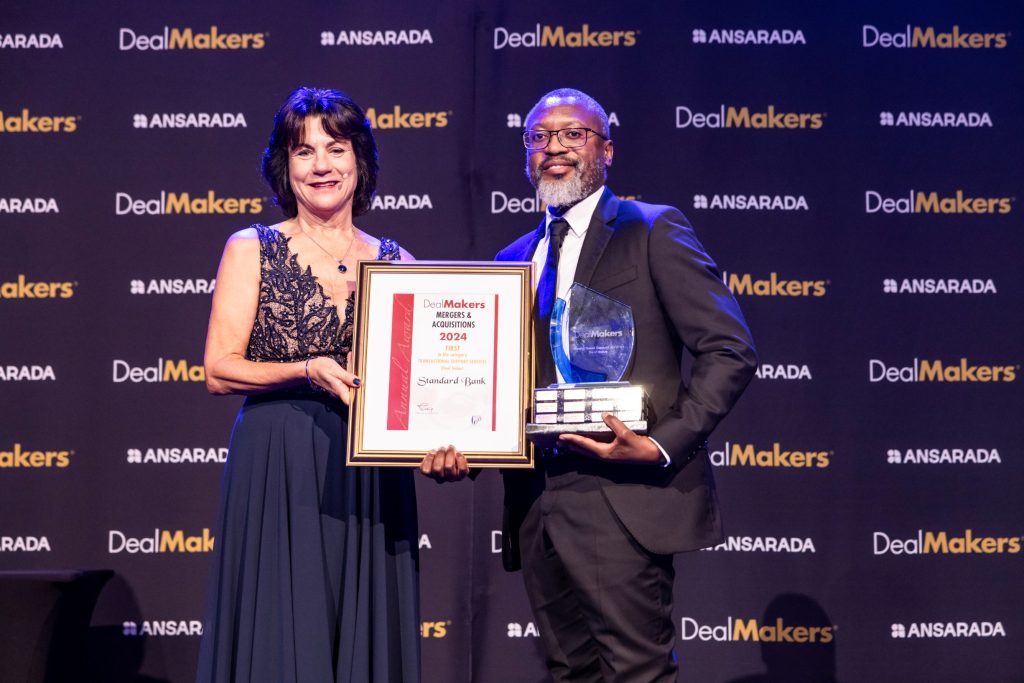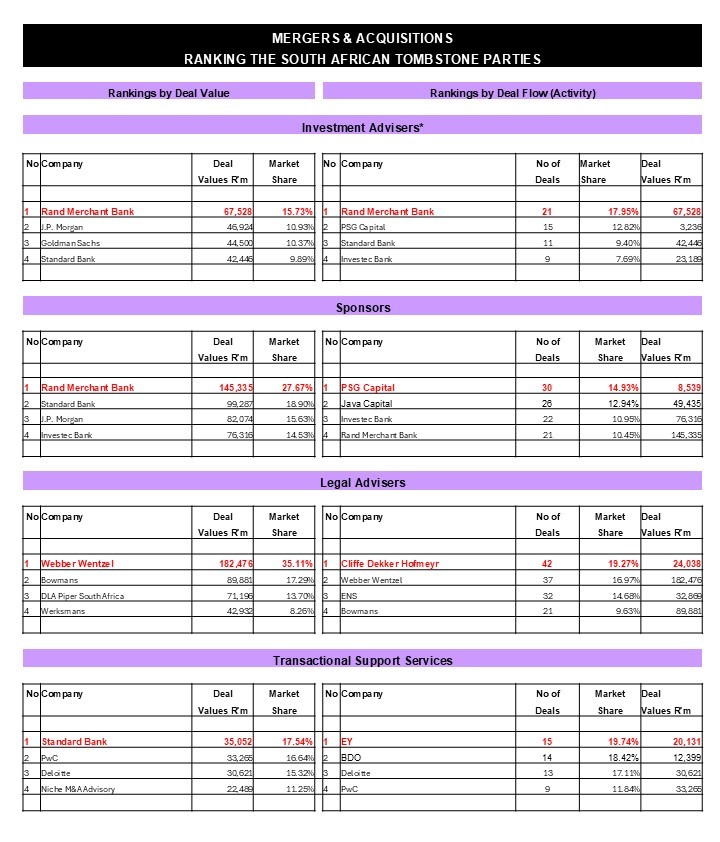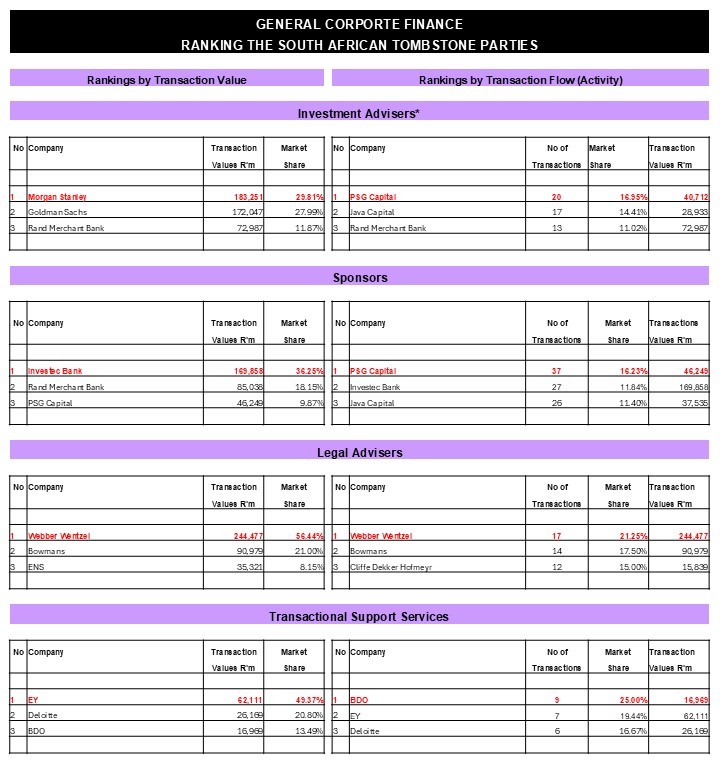Continuing operations at Altron are on the up (JSE: AEL)
Discontinued operations made a loss, though
Altron’s share price has more than doubled in the past year, so the market got behind this turnaround story in a big way. The focus is clearly on the growth in continuing operations, along with a view on how quickly the management team can navigate their way out of discontinued operations.
Starting with the former, HEPS from continuing operations is expected to be 40% higher for the year ended February 2025. Revenue growth was only in the low single digits, while EBITDA was up double digits.
Netstar is one of the obvious highlights here, achieving double-digit growth in EBITDA. South Africa is by far the better story here, with a solid performance from the business that looks even better in the context of Netstar’s Australian operations being loss-making. The other two businesses in the broader Platforms segment also put in solid results, with Altron FinTech and Altron HealthTech both up double digits in EBITDA.
The IT services segment is also part of continuing operations and is more of a mixed bag. Although Altron Security is slightly up on the EBITDA line, revenue in that business has dipped. In Altron Digital Business, revenue is flat and profits are down. Altron Document Solutions has been re-integrated into continuing operations and grew its EBITDA despite flat revenue.
The final part of continuing operations is Altron Arrow in the distribution segment. This is a story of weaker revenue and maintained profit margins. Remember, constant margins at lower revenue means that profits fell by the same percentage as revenue.
In discontinued operations, Altron Nexus is still on the chopping board. Despite year-to-date improvement in the business, it remains a loss-making business. Altron is trying to sell the thing, noting that there are advanced discussions with a potential buyer.
As you can see, it’s still pretty messy. The share price growth in the context of these numbers shows you just how bad things were!
Burstone is deploying capital into Australian industrial assets (JSE: BTN)
They also get exposure through asset management activities
Burstone Group has a 50% interest in the Irongate Group. In turn, Irongate has established a joint venture with TPG Angelo Gordon that they call the Programmatic JV. This JV has A$200 million to invest in industrial assets in Australia and this amount could increase as capital is deployed.
Burstone’s exposure to this is two-fold: it has a minority co-investment in the JV through Irongate and it benefits from Irongate providing the investment and asset management functions.
The focus is on industrial and logistics assets on the eastern seaboard of Australia. The JV as concluded the acquisition of A$280 million of industrial logistics assets, with the equity cheque being A$133 million and the rest presumably being funded with debt.
The targeted returns at JV level are 15%. If they can get that right, that’s a solid hard currency return.
A slight uptick in earnings at Cashbuild (JSE: CSB)
Perhaps slow and steady will win this race
Cashbuild’s share price has suffered the same sell-off this year that many consumer-facing groups on the JSE have experienced. A deterioration in sentiment isn’t kind to share prices and I’m now concerned about the impact of loadshedding as well.
Still, it’s up 34% over 12 months and I’m not cashing in my profits yet. I’m still optimistic about the benefit of lower interest rates working their way through the system. Most of all, I’m hoping that this recent weirdness at Eskom is an anomaly rather than a sign of things to come.
The release of a trading statement is triggered by a move of at least 20% in earnings. Alas, such a move only applied to Earnings Per Share (EPS) at Cashbuild, which more than doubled due to impairments in the base year. The metric that the market cares about is Headline Earnings Per Share (HEPS), which ignores impairments. HEPS only increased by between 0% and 5%, so Cashbuild is slowly inching its way higher.
2025 will need to reflect significantly better growth than this.
Gemfields is catching up on lost sales in emeralds (JSE: GML)
The share price has had a great week
Gemfields recently announced that the ridiculous export duty on emeralds has been suspended once more by the Zambian government. That was very good news, as it really called into question how sustainable the business model would be. The share price being up 15% in the past week tells you how worried the market was about this.
With the export duty out of the way (for now at least), Gemfields felt inspired to catch up on some lost auction revenues. Market prices are still well off their highs, but at least bids were higher than at the last auction. You need to be careful when comparing different auctions, as the quality of the underlying emeralds will vary from one auction to the next. With 10 out of 13 lots sold and auction revenues of $4.8 million raised in the process, at least there’s positive momentum at Gemfields once more.
Sadly, this doesn’t offset the immense business risks and the extensive capex in the business. Here’s the 5-year chart that really puts this latest share price bump into perspective:

Prosus is acquiring Just Eat – and the market seems nervous (JSE: PRX | JSE: NPN)
New CEO Fabricio Bloisi might be more focused on profits than his predecessor, but he still has a growth mandate
If you’re hoping that Prosus – Naspers will sell off the Tencent stake and do share buybacks into perpetuity, then you’ve missed the point about why a CEO like Fabricio Bloisi has been appointed to the group. Although they are certainly more aware of profitability and capital allocation after the headaches that previous management caused, it’s also unrealistic to think that they won’t be making any acquisitions along the way. Bloisi is a founder and operator of businesses and these type of people don’t sit still.
With a 5.8% drop in the Naspers price and a 6% drop in the Prosus price on the day, the market conveyed its displeasure at the announcement of an offer by Prosus to Just Eat Takeaway.com shareholders of €20.30 per share. This is a €4.1 billion transaction, so it’s material to the group. Still, they aren’t exactly betting the farm, as the Prosus market cap is €103 billion.
Bloisi has a lot of personal experience in the food delivery space, albeit in South America rather than in Europe where Just Eat operates. Although on paper it looks as though he’s really paying up here with a 63% premium to the closing share price, take a look at this 5-year chart of Just Eat for context:

Unlike the deals done during the pandemic, this isn’t exactly an acquisition at the top of the cycle.
Food delivery isn’t my favourite vertical, although I do have a long position in Uber. It can work well as part of a broader tech play (as is the case at Uber), with Prosus looking to “create a European tech champion” in this space. Platform businesses are certainly capable of generating immense wealth if things go well.
Unfortunately, they are also capable of losing a fortune while scaling a business model with unappealing economics. Just Eat has been around since 2000 and they reported attributable losses of €1.6 billion in the year ended December 2024, or €490 million excluding Grubhub, the US business that Just Eat recently sold. There will need to be a substantial focus on getting the unit economics right.
The board of Just Eat has unanimously recommended that shareholders accept the offer. The CEO and other board members hold 8.1% of the shares in aggregate and they will tender them in the offer. In order for the offer to go through, Prosus requires a minimum acceptance threshold of 95%. They do have a plan in place to make it work based on 80% acceptance. They could technically waive the threshold to 67%, but I doubt that would happen in practice.
With the disposal by Just Eat of Grubhub out of the way, Prosus is swooping in on a depressed share price. They see this as a European opportunity where they can take the learnings from iFood and apply them to a new region. It shows you how bruised the market is from the previous management team that the immediate response was to hit the sell button.
I continue to believe in the opportunities that Prosus has under new management and I’ll be keeping my shares.
Also, based on the percentage drop in the Prosus share price and comparing it to the market cap, the market has basically assumed that all the money being spent on this acquisition (and more) will instantly be worthless.
Overreaction, much?
An even larger pot of gold at the end of Rainbow Chicken (JSE: RBO)
The year-on-year improvement is even better than they thought
Things in the poultry industry are certainly looking far more favourable these days. We’ve seen this narrative from other companies in the sector and now Rainbow Chicken has added its name to the list.
The market already knew that the year-on-year improvement was huge, with a trading statement on 28 January reflecting an expecting for HEPS to improve by at least 1,100% for the six months to 29 December 2024. Obviously, a percentage increase like that isn’t helpful, so it’s better to look at the actual numbers involved. In this case, the expectation was for interim HEPS of at least 28.35 cents.
Shareholders will be thrilled to learn that the words “at least” were working hard here, as the improvement in HEPS has actually taken it into a range of between 35.40 cents and 35.89 cents. You can safely ignore the year-on-year percentage move as a useless metric. Instead, I must highlight that the midpoint of this range is a full 25.7% higher than the guidance of 28.35 cents given in the January trading statement.
You can safely expect to see some fireworks in the share price on Tuesday morning, as this announcement came out after the close on Monday.
At least cash generation improved at Sasol (JSE: SOL)
But free cash flow still came in negative
Sasol has released earnings for the six months to December. With a 13% drop in the average rand price of Brent Crude and pressure on refining margins, it wasn’t a happy time. To add to the difficulties, there was a 5% decrease in sales volumes due to lower production.
Revenue came in 10% lower year-on-year, while adjusted EBITDA fell by 15% as operating leverage worked against the company. That impact would’ve been a lot worse in not for cost control measures.
As you work down the income statement, you eventually reach a drop in HEPS of 31% to R14.13 per share. The Sasol share price is just below R87, so that’s a P/E multiple of 6.15x.
None of this sounds great, obviously. There is a highlight of sorts at least, which you’ll find in the statement of cash flows. Cash generated from operating activities jumped by 20% as Sasol unlocked working capital. Capital expenditure was 6% lower. The combination led to a much better period from a free cash flow perspective, albeit still in the red with an outflow of R1 billion That’s much better than the outflow of R6.5 billion in the comparable period.
This isn’t a good enough improvement to support the payment of a dividend. Sasol is happy to pay 30% of free cash flow as a dividend provided that net debt is below $4 billion. With net debt currently at $4.3 billion and free cash flow in a deficit position, they clearly haven’t met the requirements.
Sasol’s share price is down 40% over the past 12 months.
Sasol values Ghost Mail readers and has placed the full results in your favourite financial publication at this link. Go check it out for the story directly from the company and use it to help you form your own view!
Rentals and occupancies are mostly up at Stor-Age (JSE: SSS)
UK occupancies are the only blemish in this update
Stor-Age has released a trading update for the four months to January 2025. It’s generally positive, particularly in South Africa where the owned portfolio increased occupancy by 1.5%. The way they measure this is based on the quantum of occupied square metres as at the end of January 2025 vs. September 2024, rather than the occupancy rate. They do provide the occupancy rate as well at least, coming in at 93.5% as at 31 January 2025 in the South African owned portfolio. I just wish they included the comparable occupancy rate in the announcement as well, as working off the total number of square metres tells you nothing about like-for-like performance.
These occupancies are being achieved despite the average rental rate being up 7.8% year-on-year, so that’s very encouraging for the local numbers. To add to this, the occupied square metres in the joint venture portfolio in South Africa increased by 22.8%, so they are still expanding the business locally. They are particularly busy in Cape Town, taking advantage of the growth up the West Coast towards Melkbosstrand. If you’ve ever driven through Sunningdale, you’ll know how rapid the growth there is.
The UK doesn’t tell such a great story in this period, with occupied square metres down 1.1% over four months. Stor-Age points out that this is a seasonally weak period in the UK business, so this is the problem with looking at this metric over four months rather than on a year-on-year basis. At least average rental rates were up 4.1%, so that’s encouraging.
Stor-Age is looking to drive return on equity through third-party management deals. This is common practice in the hotel industry and it makes sense in storage as well. Essentially, you do wonders for return on equity if you can generate more returns without using up more equity! By managing facilities on behalf of property owners, Stor-Age can receive fees from the properties without having to lay out the capital to build them. There’s a development pipeline of six such properties in the UK market, adding to the three which closed in May 2024.
Nibbles:
- Director dealings:
- As part of the increased Black Ownership that Spear REIT (JSE: SEA) was instructed by the Competition Commission to achieve to get the Emira portfolio acquisition approved, an associate of a director of Spear has bought shares worth R3 million in on-market trades and has pledged them to Nedbank as part of the larger financing deal worth R30 million.
- The spouse of a non-executive director of The Foschini Group (JSE: TFG) bought shares worth R337.5k.
- The chairman of Primary Health Properties (JSE: PHP) bought shares worth R82k.
- In an example of one of his smaller purchases, Christo Wiese (acting through Titan Fincap Solutions) bought R26.6k worth of Brait Exchangeable Bonds (JSE: BIHLEB).
- Family members of the CEO of Altvest (JSE: ALV) bought shares worth R4k.
- An associate of a director of 4Sight Holdings (JSE: 4SI) sold shares worth R1.8k.
- Castleview Property Fund (JSE: CVW) seems to have its eye on SA Corporate Real Estate (JSE: SAC). We just don’t know yet whether an initial investment might turn into something bigger. For now, Castleview has acquired a stake to the value of R139 million in SA Corporate. That’s a chunky amount of money, but it’s worth noting that SA Corporate’s market cap is R7.2 billion and so this is still firmly a minority stake.
- Not only does it rain at Anglo American Platinum (JSE: AMS), but it pours as well. Luck really isn’t on the side of the PGM sector at the moment, with the latest challenge being widespread flooding in the northern part of South Africa. Anglo American Platinum has indicated that operations at the Amandelbult Complex were impacted. All operations have been reinstated except for the Tumela Mine. Tumela contributes around 10% to monthly metal-in-concentrate production. At this stage, the group does not expect 2025 production guidance to be impacted.
- Metrofile (JSE: MFL) announced that Bradley Swanepoel will be talking over as CFO of the group. He’s an external appointment, with his current role being Chief Risk Officer at MTN South Africa. His exact start date will depend on the negotiations around his notice period. Metrofile could really do with some new growth ideas, so hopefully this will help going forward.
- Supermarket Income REIT (JSE: SRI) is still struggling for liquidity on the local market. This is an example of a very large UK-based property company that added a JSE listing to its capital structure. The company gave the market an update on progress made in its portfolio. This included the sale of a retail property to Tesco for £63.5 million, which is a 7.4% premium to the June 2024 valuation. The fund also renewed three Tesco leases at a 13% premium to what the valuer assumed the rental value would be, so that’s likely to lead to an uptick in capital values on the balance sheet. Finally, the company stepped across the Channel and acquired a portfolio of nine Carrefour supermarkets in France for a total of €36.7 million. The acquisition was priced at a net initial yield of 6.8% and the Carrefour stores represent 5% of the fund’s assets.
- After all the recent mining updates from the big names in the sector, you may well be sick of them by now. In case you aren’t, BHP (JSE: BHG) has released the presentation from the BMO Global Metals, Mining and Critical Minerals Conference. You’ll find it here.
- As part of the drawdown on the R500 million facility, Mantengu Mining (JSE: MTU) has listed another 24.9 million shares. To give context to this dilution, the company has 286 million shares in issue.
- Although I don’t normally make note of institutional shareholding changes in Ghost Bites, it’s unusual to see large hedge fund changes. Trencor (JSE: TRE) announced that All Weather Capital has decreased its stake from 13.29% to 3.22% and that African Phoenix Investments has decreased from 15.15% to 4.89%. This comes after the company paid out most of its value as a special dividend.




